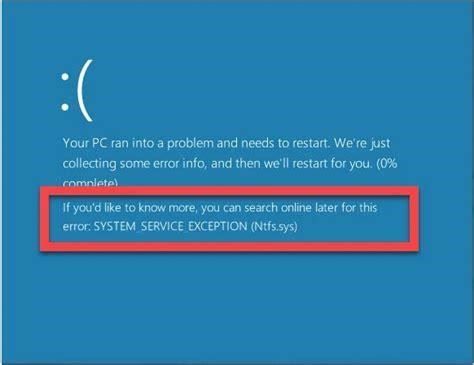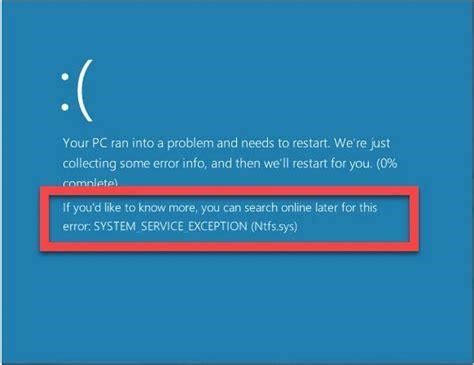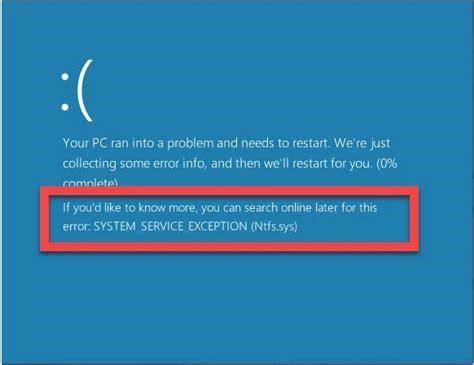Resolving IME Issues for Japanese Language Input in Windows 10
As a widely used operating system, Windows 10 offers support for various languages and input methods. One such input method is the Japanese IME, which allows typing in Japanese on Windows. However, some users have reported issues with the Japanese IME after Windows 10 automatic updates, preventing them from typing in Japanese.
In this article, we’ll explore why the Japanese IME may stop working in Windows 10 and provide solutions to resolve the issue, using insights from Microsoft Community forum discussions.
Understanding the Problem
The Japanese IME (Input Method Editor) converts typed Roman characters into Japanese text. It lets you type Japanese using a standard English keyboard.
Some users have found that after a Windows 10 automatic update, usually the 1803 April 2018 Update, the Japanese IME stops working. Specific symptoms include:
How do I know if Microsoft IME is running on Windows 11?
When some Microsoft IME is running on your Windows 11/10 computer, you can see it in the tab of Task Manager. In some cases, if you are using some Microsoft IME language (mostly Chinese IME language), this may result in high CPU usage that can be seen in Task Manager’s Processes tab.
What is Microsoft IME language?
Chinese IME and Japanese IME languages used for entering Chinese characters and Japanese characters are an example of Microsoft IME language. If you have installed Chinese IME or some other language Microsoft IME, you can change your keyboard layout to that particular language and then type in that specific Microsoft IME language.
- Inability to switch to the Japanese IME and Kana input.
- Reverting to half-width alphanumeric input without errors.
- Missing dictionary files in the IME folder.
This prevents users from typing Japanese text as usual. The issue likely arises from corrupted or missing dictionary files after the Windows Update. Replacing these files can resolve the problem.
Methods to Fix Japanese IME Issues in Windows 10
Here are some methods to try to get the Japanese IME working again in Windows 10:
Set Japanese IME as Default Input Method
Setting the Japanese IME as the default input method may re-register it with Windows and resolve issues:
- Open Settings and go to Time & Language > Language.
- Click the + button and add Japanese.
- Set Japanese as the default input method.
- Restart your PC and try typing in Japanese.
Use the DISM Command
The DISM command reinstalls language capabilities like the Japanese IME:
- Open an administrative Command Prompt.
- Type
DISM.exe /Online /Add-Capability /CapabilityName:Language.Basic~~~ja-JP~0.0.1.0and hit Enter. - Wait for it to finish and restart your PC.
Copy Dictionary Files from Non-1803 System
The 1803 Windows 10 update likely corrupted the dictionary files. Replacing them fixes the IME:
How do I change my keyboard layout if I have Chinese IME?
If you have installed Chinese IME or some other language Microsoft IME, you can change your keyboard layout to that particular language and then type in that specific Microsoft IME language. When some Microsoft IME is running on your Windows 11/10 computer, you can see it in the tab of Task Manager.
How to remove Microsoft IME from Windows 11/10?
If you want to remove Microsoft IME from your Windows 11/10 computer for a particular language, then you can do that using the Settings app. You need to access where all languages are installed by you. After that, access the Language Options of that Microsoft IME language. There you will see Microsoft IME under the Keyboards section.
What is Microsoft IME?
Microsoft IME is an Input Method Editor that helps the users to input the text in a language that otherwise can’t be represented easily on a standard QWERTY keyboard. Microsoft IME works on physical or hardware keyboards as well as on-screen keyboards.
- On another PC without the 1803 update, copy
C:\Windows\IME\IMEJP\DICTSto the same location on your affected system. - Restart and check if the Japanese IME works.
Other Solutions
Some other versions of Windows 10 also have IME issues. For Windows 10 version 2004/20H2, try finding the Microsoft IME settings, or contact Microsoft Support. Uninstalling problematic updates can also help.
Verifying Japanese IME Installation
Before fixing the input issues, verify if the Japanese IME is installed on your Windows 10 computer:
Check the Language Bar
Look for the language indicator on the taskbar. If you see "日本語" in the options, Japanese IME is installed.
Check Installed Languages
Go to Settings > Time & Language > Language and see if Japanese is listed.
Check Installed Features
Open Control Panel > Programs and Features > Turn Windows Features On/Off. See if "Japanese IME" is listed.
If Japanese isn’t installed, follow the steps to add the language pack and IME.
Typing in Japanese on Windows
Once your Japanese IME works again, you can type in Japanese on Windows by:
Why is Microsoft IME a bad language?
Some users have reported that Microsoft IME language when running causes CPU usage of around 30% or more which in turn makes it difficult for users to use other applications smoothly. If you are having this issue, then the solutions covered in this post might come in handy. What is Microsoft IME in Task Manager?
Does Japanese Windows 10 have Japanese input?
Now, obviously, Japanese Windows 10 is used in Japan, and obviously it has Japanese input! I’m talking about getting it working in an English version of Windows 10 in North America. Even if it works now, I’m not going back; Google’s input is better than what I remember of Microsoft’s IME in Windows 7.
Why is my Japanese language pack not working?
If you’re running into an error (e.g. Installation not ready) after installing the Japanese Language Pack in Windows Settings, do this: Open administrative Command Prompt. Type and press Enter key. Let command execution finish and make sure you stay connected to Internet during this. This solved my issues on a fresh installed Windows 10 Pro.
What happens if a device is affected by Windows 10?
Affected devices have apps installed which integrate with Windows, Microsoft Office, or Microsoft Outlook. You might receive an error or files might intermittently fail to save or copy, especially to network shares. This issue might also affect expressive input, and handwriting recognition.
- Switching to the Japanese IME using the language bar.
- Typing in Romaji which gets converted to Japanese text.
- Switching between Hiragana, Katakana, and other modes.
Stay Up-to-Date on Windows 10
To avoid issues after Windows Updates, consider:
- Selectively installing updates after researching known issues.
- Cleanly uninstalling problematic updates.
- Backing up critical system files like the IME dictionary.
- Subscribing to Windows 10 update feeds.
We hope these tips help you get Japanese language input working again on your Windows 10 PC. Let us know if you have any other questions!
References
- https://windowsreport.com/japanese-keyboard-ime-not-working/
- https://support.microsoft.com/en-gb/topic/kb4564002-you-might-have-issues-on-windows-10-version-20h2-and-windows-10-version-2004-when-using-some-microsoft-imes-63696506-47d2-9997-0b72-41a68e328692
Can I use Japanese ime after upgrading Windows 10?
Restart Windows update service, go to Region and Language settings, pick the language > Options and download language pack, handwriting, speech, etc. and it should start working again. After you’re done, just delete the registry key. Was this reply helpful? Hi There, After upgrading Windows 10 Version 1803, I cannot use Japanese IME.
How do I switch from Japanese IME to hiragana?
We often have to help install the Japanese IME and normally use the Microsoft version. The hotkey I use for switching to Hiragana is Alt + ~ and the hotkey I use for switching to the IME is Alt + Shift. I just tried Alt + Caps and Ctrl + Caps and it didn’t do anything. Are you using the new version? It has a lot of missing shortcuts.




